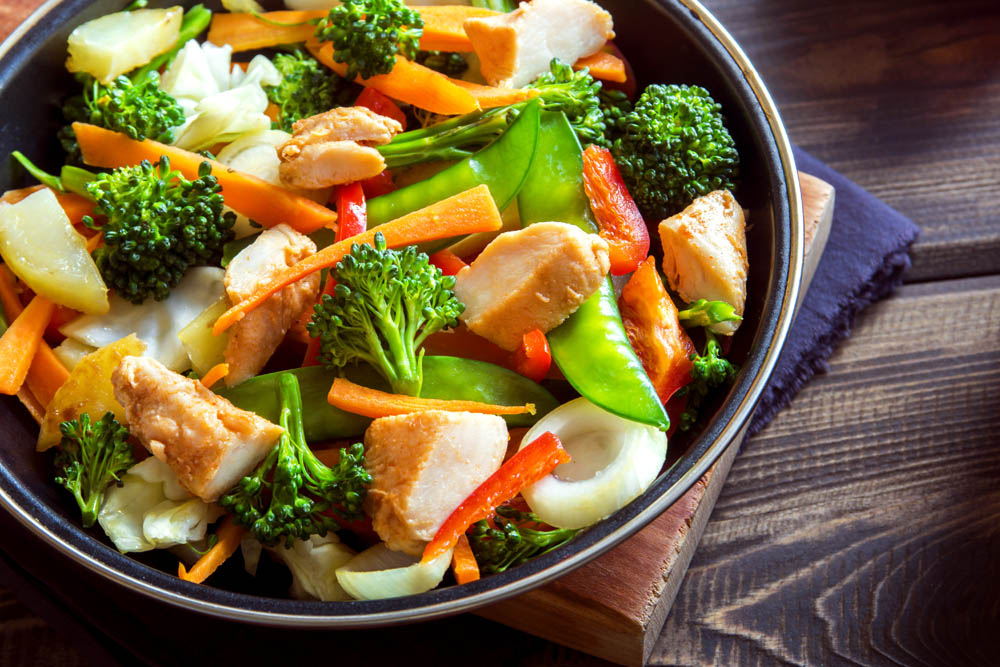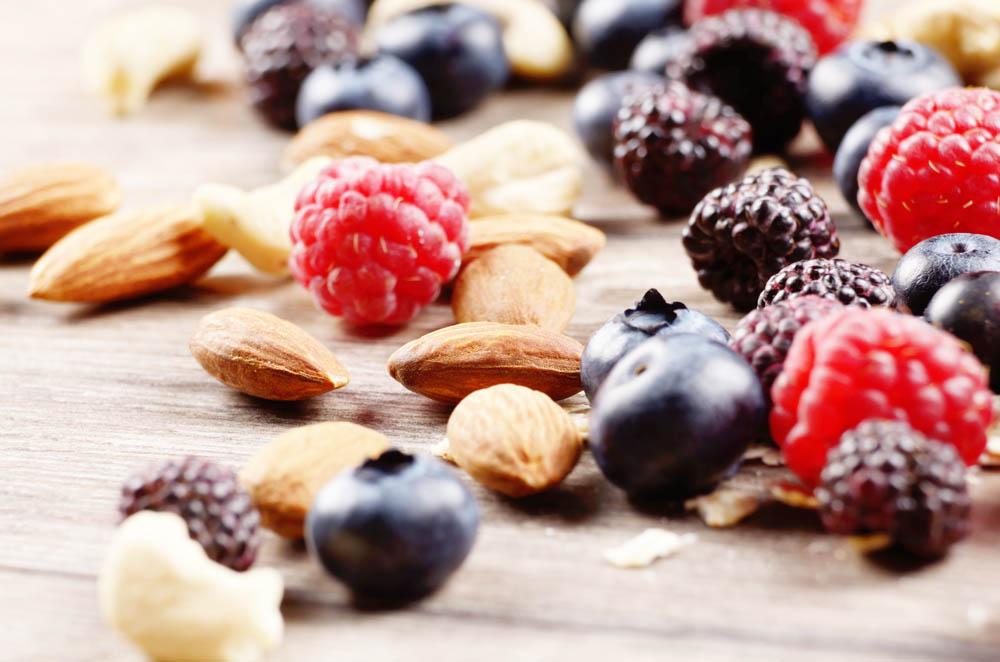Planning a healthy meal

When you’re trying to eat a healthy diet, people often think about the foods they shouldn’t eat. But in reality, you don’t need to avoid any food completely to eat well. That’s why we prefer to put foods into three categories: “Always,” “In moderation,” and “Occasionally.”
- “Always” foods are healthy, low-calorie, and low-carb. You can eat them whenever you’d like and fill up your plate with them!
- “In moderation” foods offer great nutrients but may come with more calories. And for folks with diabetes, these foods tend to come with more carbs as well. They should be eaten in small, controlled portions on your plate.
- Think of “Occasionally” foods as treats. Choose them every once in a while.
“Always” foods

Foods in this category are generally low in calories.They have little to no effect on blood sugar. These foods provide the most vitamins and minerals with the fewest carbs. And they’ll help you feel full. You can make a meal bigger without adding many extra calories by adding more non-starchy veggies. If you have diabetes, these are the best foods to choose if it’s time to eat but your blood sugar is already high. If you are still hungry after a meal, these are your go-to foods.
Load up your plate with:
- Non-starchy veggies, such as spinach, asparagus, onions, broccoli, cauliflower, and bell peppers
- Protein like fish, poultry, seafood, tofu, and eggs
- One serving of a plant-based fat like olives and avocado
“In moderation” foods

Foods in this category are still healthy choices. They are, however, higher in calories, carbs, and/or saturated fat. Some foods may make it harder to lose weight if you eat too much of them. Other foods on this list can cause your blood sugar to rise, if that’s something you monitor. Portion size is important when eating these foods. If you are unsure of how much and how often to eat them, schedule a one-on-one session with a coach at no cost to you.
Enjoy in moderation:
- Fruits like berries, melon, and apples
- Nuts like cashews, walnuts, and almonds
- Seeds like sunflower, pumpkin, and flax
- Starchy veggies like potatoes, sweet potatoes, and peas
- Cheeses like feta, cheddar, and Swiss
- Beans like chickpeas, lentils, and kidney beans
- Red meat like steak and lean beef
- Whole grains like brown rice, quinoa, and popcorn
- Full-fat dairy like yogurt, cottage cheese, and milk
“Occasionally” foods

Foods in this category can be high in empty calories and carbs, saturated and trans fats, or have few nutrients. For those who check their blood sugar, these foods will cause the biggest rise in blood sugar after a meal or a snack. That’s why they can prevent weight loss. They can also cause weight gain if you eat too much. These foods are best saved for treats.
Once in a while, it’s okay to savor small portions of:
- Sweets and desserts like cakes, brownies, cookies, and ice cream
- Processed grain foods like bagels, white bread, white-flour pasta, and white rice
- Packaged snacks like chips, pretzels, and snack bars
- Dried fruit or canned sweetened fruit
- Add-ons like ketchup, barbecue sauce, honey, and mayonnaise
You don’t have to eat anything you don’t like. But try to stay open-minded. For example, you might not like steamed broccoli — but you may love it roasted! Eat for health and for pleasure. Finding ways to enjoy the foods that are good for you will make healthy eating a habit that can stick.
Was this article helpful?
Building your healthier, together.
This content is not intended to be a substitute for professional medical advice, diagnosis, or treatment. Always seek the advice of your physician or other qualified health provider with any questions you may have regarding a medical condition.










